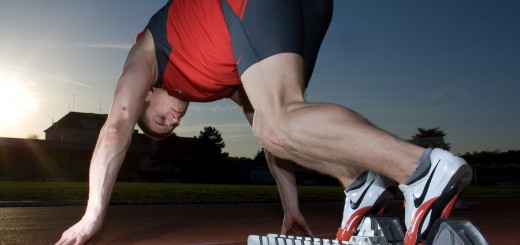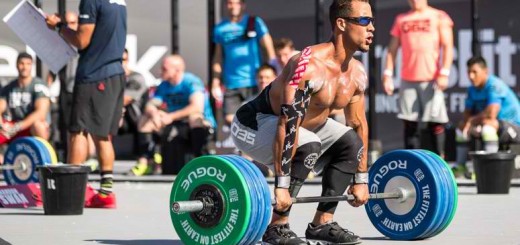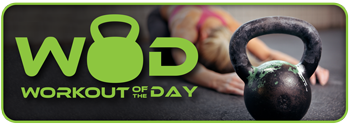Running Performance and Hamstring Injuries
If you are a runner, pay attention. If you are a sprinter, pay closer attention – your hamstrings – and your season depends on it.
It’s well known that female athletes need to spend a little extra time working on their hamstring strength compared to their male counterparts. This is because hamstring injury tends to be more frequent in women and girls. A recent study in the Journal of Strength and Conditioning Research delved into the matter by questioning the relationship between hamstring strength and running performance in female runners.

The strength of the hamstringsalone isn’t the only important factor in injury prevention.What matters most is the ratio of hamstring strength to that of its antagonist muscle group, the quadriceps. I will refer to this ratio ashamstring:quad. Many people have strong quads that overpower their hamstrings. This imbalance is often the root cause of injury. Even if an athlete has stronger hamstrings than another athlete, if he or she has a lower hamstring:quad there will still be a high risk for injuries.
The researchers in this study wanted to know if a high hamstring:quad also indicates better performance. They used running economy as their primary metric. Running economy is the amount of oxygen consumed at any given sub-maximal pace. The less oxygen an athlete needs to run at any pace, the greater his or her running economy and overall efficiency will be. The researchers looked at both elite runners and recreational runners to see where they fell on the hamstring:quad spectrum and how this ratio affected running economy.
The researchers discovered a few interesting trends that every female runner should take note of. First, the highly trained runners had higher hamstring:quad strength than the recreational runners. In fact, the researchers noted that unlike the general population, the hamstring:quad of the elite females was the same as elite male runners. While higher hamstring:quad may be a function of running properly over a long time, it may also be true that working toward a greater hamstring:quad as a novice runner will help you improve your running. Indeed, of those runners who reported doing resistance exercise regularly, the highly trained group spent more time working on their hamstrings.
The next important result was that at the fastest speeds of knee rotation, higher hamstring:quad correlated to superior running economy. This may be a critical component of what made the highly-trained runners perform better. Running economy is probably the single most important factor for running performance. Improving it simply by making your hamstrings stronger is a no-brainer.
There are two ways to improve hamstring:quad. You can either increase hamstring strength or reduce quadriceps strength. Interestingly, the highly-trained runners in this study had weaker quads than the less-trained runners. Strength on its own wasn’t so important – in fact, quad or hamstring strength alone did not correlate to performance at all – so it’s the ratio that we need to focus on. In the highly trained runners, the hamstring:quad value was greater than 1:1 at all speeds of knee rotation, meaning the hamstrings were actually stronger than the quadriceps. The authors deemed that runners had a higher-than-average hamstring:quad when compared to other athletes.
To improve this ratio, and thereby enhance running performance, the authors had a few suggestions. Horizontal power maneuvers, such as repeated single leg broad jumps, combined with resistance training that targets the hamstrings would both be examples of methods to improve your hamstring-to-quad strength ratio.
References:
1. Øyvind Sundby, et. al., “Relationship Between Functional Hamstring: Quadriceps Ratios and Running Economy in Highly Trained and Recreational Female Runners,” Journal of Strength and Conditioning Research, DOI: 10.1519/JSC.0000000000000376
Original Article by: Doug Dupont at breakingmuscle.com





